Prague Zoo had a successful breeding year, adding to the ranks of several highly endangered species. The rhinoceros hornbill, Wagner’s peccary or the southern river terrapin were particular highlights, though there were many less exotic examples such as seals, penguins, rare lizards, and giraffes.
“By the end of
November, some 1,282 young of 207 species were born or hatched at
Prague Zoo, and more are still being added. Some of them — such as
the South African fur seal or the ring-tailed lemur cubs — aroused
media and public interest, while others remained somewhat in the
background. That is mot right. Among them are really sensational
offspring associated with very interesting stories,” Prague Zoo
director Miroslav Bobek said.
This year, Prague
Zoo bred four rhinoceros hornbills for the first time this year, thus
creating a European record in the number of this highly endangered
bird bred in one season. At the same time this year the breeders for
the first time used a hand puppet in the rearing, because the female
has lost interest in the young when hatching.
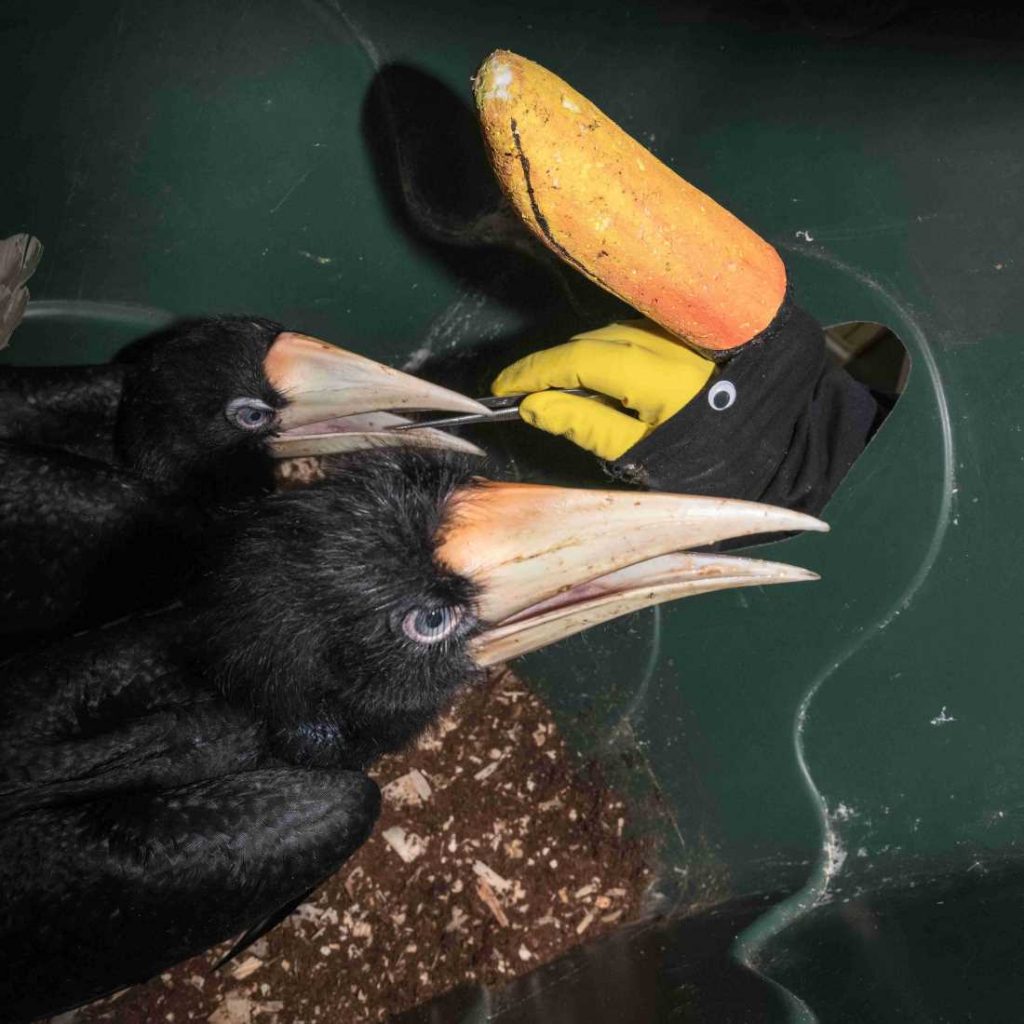
Breeding attempts of
this species began at Prague Zoo in 2003, and in 2007 the zoo had the
first successful Czech breeding. By last year, nine young were
successfully raised under their parents.
Due to the
imprinting, hornbills that are bred by humans are not suitable for
further reproduction and are not interested in forming pairs with
their own species. Breeders made a hand puppet imitating the
appearance of the head of the hornbill and fed chicks without human
contact.
With a total of 13
babies reared, Prague Zoo’s female Marketa is the most successful
parent in the history of rhinoceros hornbill breeding in Europe.
Two Wagner’s peccary babies, born at Prague Zoo on May 4, are also a rarity in Europe. So far, within Europe this species has been successfully reproduced only in Tierpark Berlin and in the Belgium’s Planckendael.
This animal had been
considered extinct until the 1970s. Currently, its population is
steadily declining, so a conservation program is running within the
framework of European zoos, which also involves Prague Zoo.
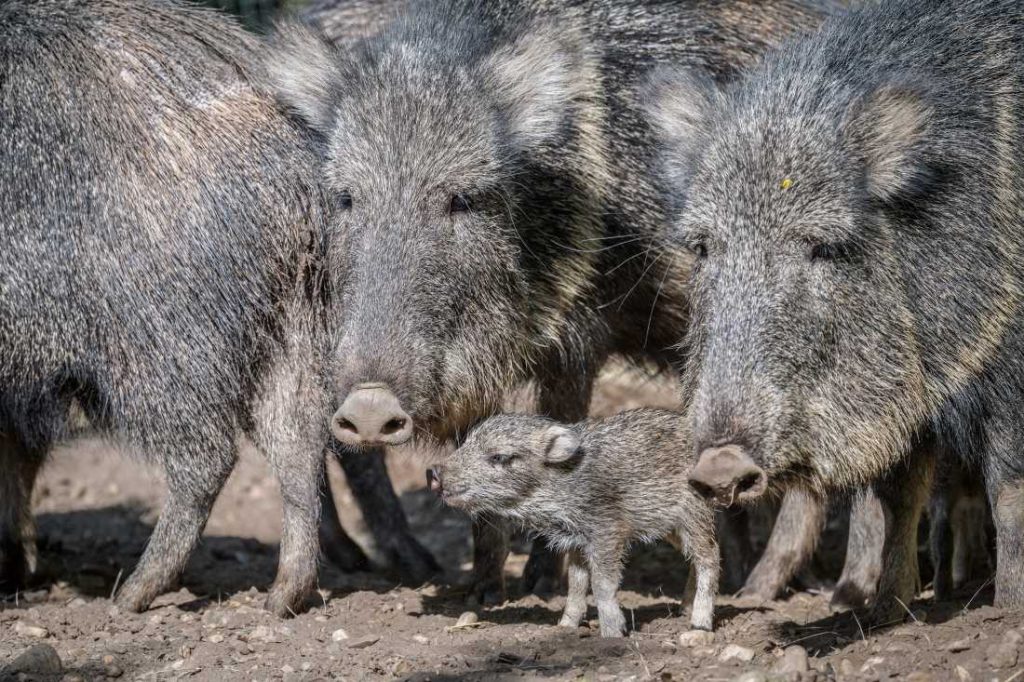
The birth of the Wagner’s peccary babies was great news for the breed. In Europe, this species is currently kept only seven institutions, with 45 individuals. It is regularly propagated only by Tierpark Berlin, from which four individuals came to Prague Zoo. One also managed to breed in Planckendael last year.
The birth of Prague
babies came only a few months after dozens of peccaries in Paraguay’s
Proyecto Taguá kennel succumbed to a previously unknown deadly
disease, which probably plagues the wild population. The importance
of breeding in American and European zoos has thus gained in
importance.
In the wild, it is
found in Paraguay, Bolivia, and Argentina, and only around 3,000
remain in the world.
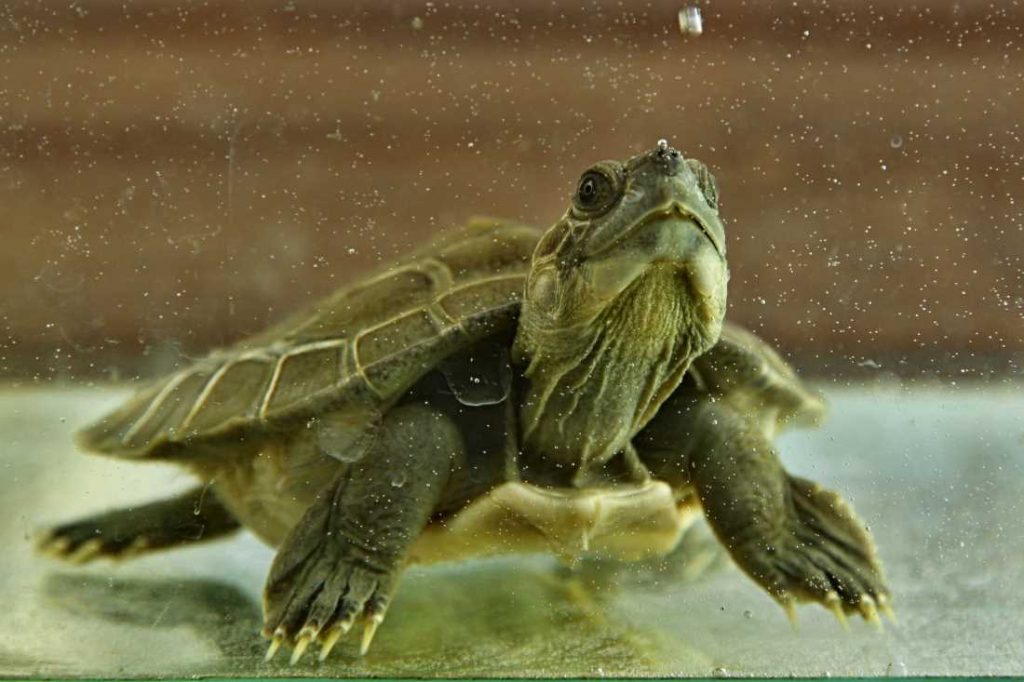
Prague Zoo also
managed in April to breed the very first southern river terrapin
babies in Europe. Currently, the population is estimated at 500–2,500
individuals. There has been a decline in the number of laying
females, which is further endangering the species in the wild. In
Malaysia’s Perak River before 1940, there were more than 10,000
females and 375,000 to 500,000 eggs were recorded. Between 2005–
and ’09, fewer than 40 nests were registered, and since 2009 no
nest has been found in nature.
At least two sites
in Malaysia operate rescue stations. Probably one of these stations
was the source of the terrapins that were confiscated at Václav
Havel Airport Prague in 2004. Today this group lives in the Čambal
Pavilion at Prague Zoo.
Six Borneo lizards
were born at the start of October. The extremely rare species is only
found on one island and are threatened by deforestation. They
weren’t seen in captivity until 2013 when they turned up at Japan’s
iZoo. Prague got its first specimens in 2016 from Japan.
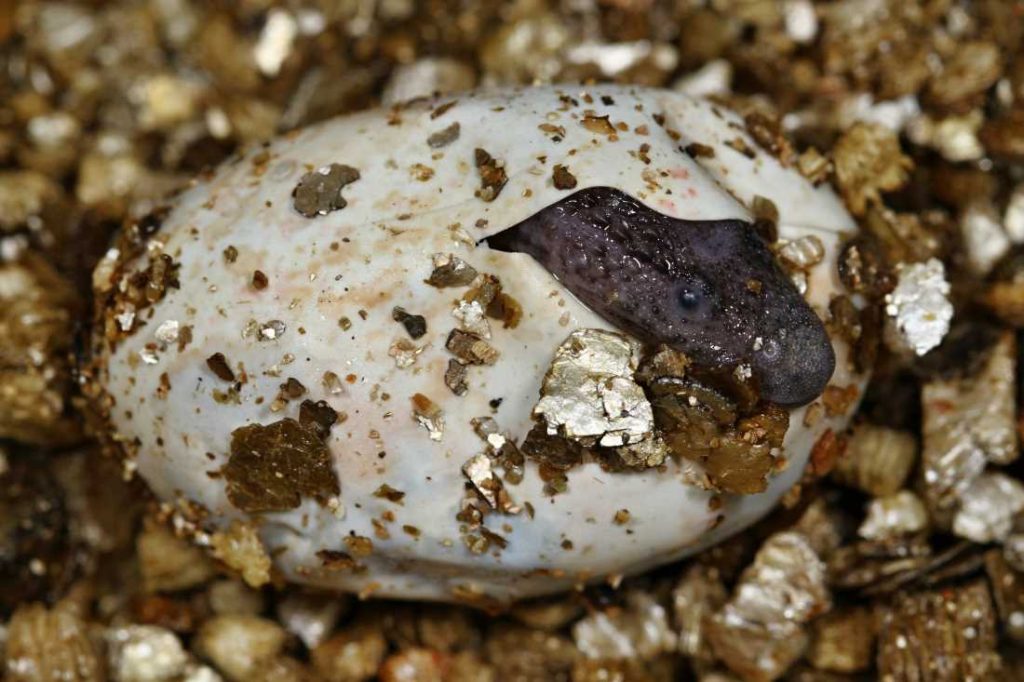
The zoo also recently bred a Ganzhorn’s mouse lemur. The baby, born September 15, was the only one of its kind born in Europe this year. It is one of the smallest primates in the world, and comes from southeast Madagascar. It has large brown eyes and long bushy tail.
The first ones came to Prague Zoo in 2005 from the Vienna Zoo. To date, several dozen have been born in the Prague Zoo.
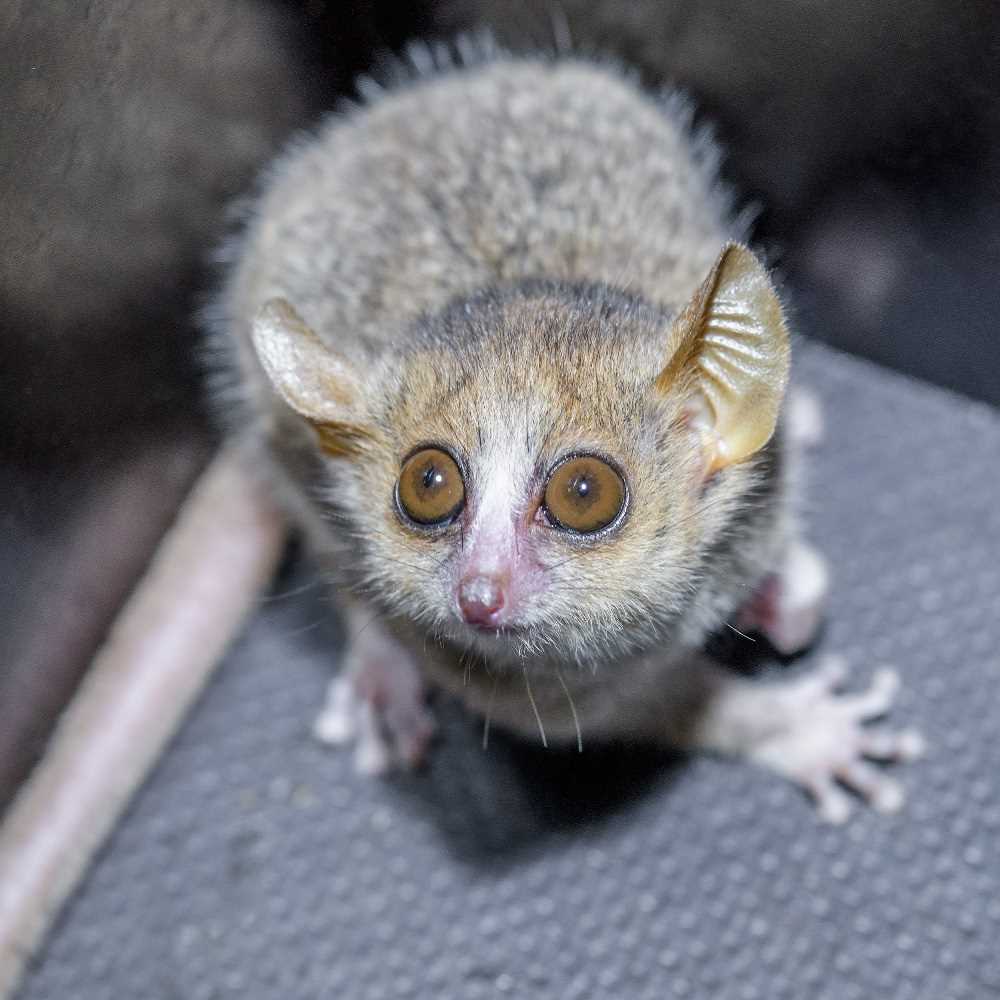
Other primates born
this year at the zoo include a mantled guereza and two ring tailed
lemurs. The latter were the first of their kind born in the zoo for
25 years.
Several other
popular species were also born. A South African fur seal named Eda
was born May 31. His father is Meloun, and his grandfather is the
famous Gaston, who died after trying to swim to sea in the floods of
2002. The zoo has been breeding seals for 85 years.
The zoo also saw the
birth of a Humboldt penguin on October 18. The baby will be isolated
from the public for its first few months, and then will be seen
together with its protective parents.
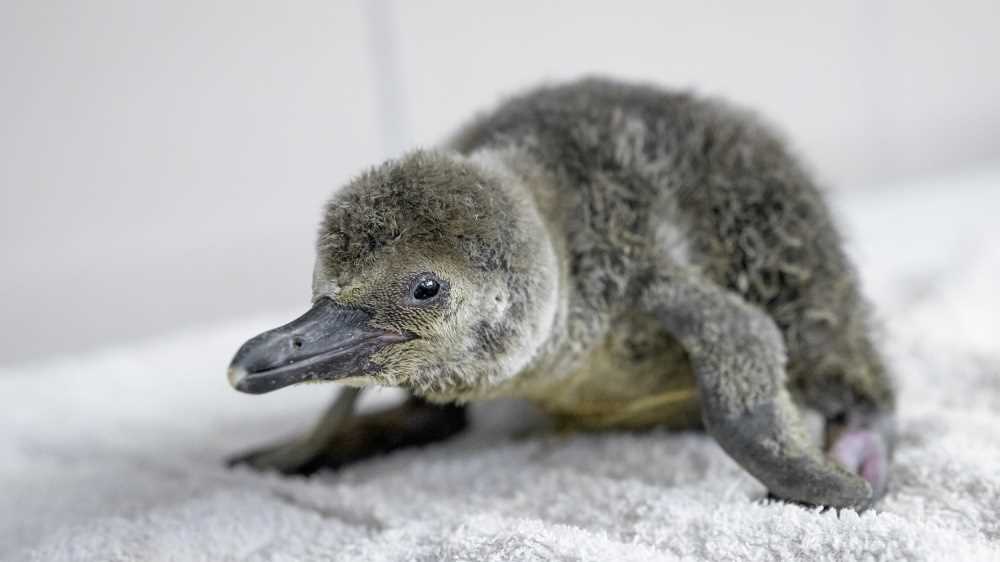
A mountain kangaroo,
also called a common wallaroo, named Tonda was born in January. Two
Rothschild giraffes were born in January and February. The eldest,
Nela, was a hit from the beginning as she loved to pose for cameras.
The younger one initially had some health problems but has recovered.
The first births of 2019 included two West sitatungas, which is a kind of antelope. Bird hatchings in January included the brown lory and spot-billed pelican. The first birth of 2019 was a Cameroon sheep on January 2.
Two baby elephants
are expected to be born in March and April 2020, and so far seem to
be in good health.
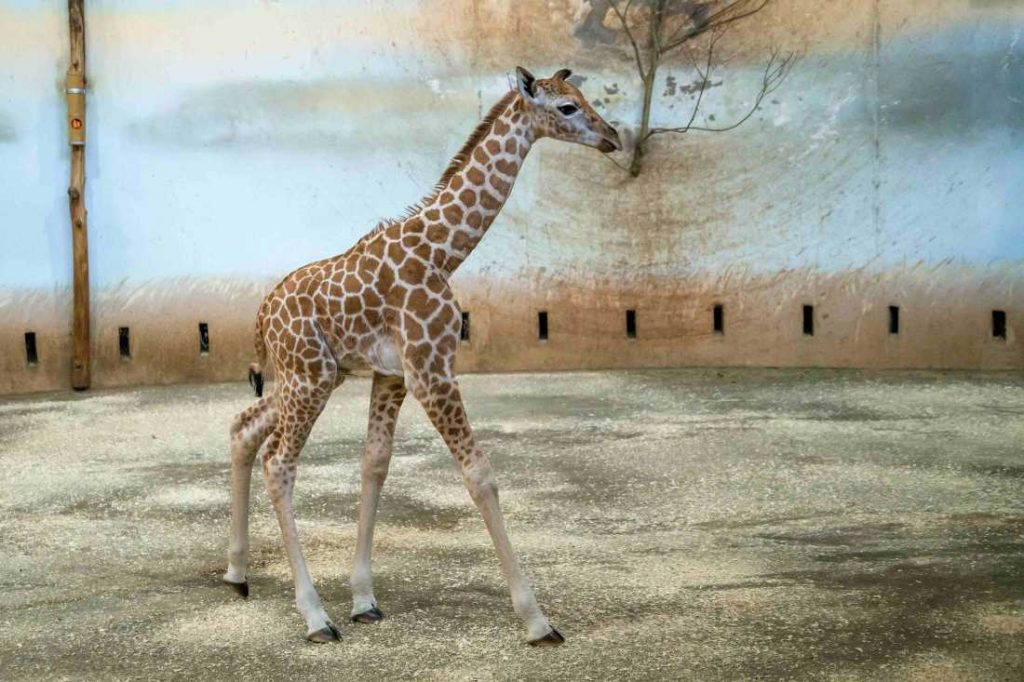












 Reading time: 4 minutes
Reading time: 4 minutes 





























